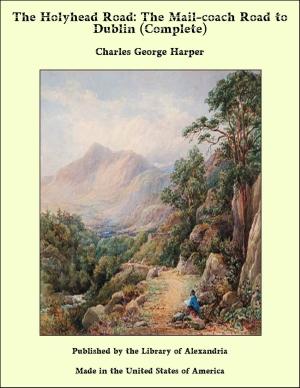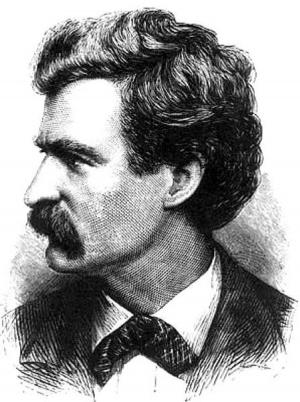What Led To The Discovery of the Source of The Nile
Nonfiction, Religion & Spirituality, New Age, History, Fiction & Literature| Author: | John Hanning Speke | ISBN: | 9781465545756 |
| Publisher: | Library of Alexandria | Publication: | March 8, 2015 |
| Imprint: | Language: | English |
| Author: | John Hanning Speke |
| ISBN: | 9781465545756 |
| Publisher: | Library of Alexandria |
| Publication: | March 8, 2015 |
| Imprint: | |
| Language: | English |
In offering this short connected history of my first two explorations in Africa, I must state that I have been urged to do so by friends desirous of knowing what led to the discovery of the source of the Nile. The greater part of it was originally published in 'Blackwood's Magazine;' but that lacked the connection which I have now given to the conclusion of my independent journey to and from the Victoria N'yanza, which is the great source or reservoir of the Nile. The manner in which I traced the Nile down from the Victoria N'yanza to Egypt is explained in my 'Journal of the Discovery of the Source of the Nile.'It was in the year 1849, at the expiration of the Punjaub campaign, under Lord Gough, where I had been actively engaged as a subaltern officer in the (so-called) fighting brigade of General Sir Colin Campbell's division of the army, adding my mite to the four successive victorious actions—Ramnugger, Sadoolapore, Chillianwallah, and Guzerat—that I first conceived the idea of exploring Central Equatorial Africa. My plan was made with a view to strike the Nile at its head, and then to sail down that river to Egypt. It was conceived, however, not for geographical interest, so much as for a view I had in my mind of collecting the fauna of those regions, to complete and fully develop a museum in my father's house, a nucleus of which I had already formed from the rich menageries of India, the Himalaya Mountains, and Tibet. My idea in selecting the new field for my future researches was, that I should find within it various orders and species of animals hitherto unknown. Although Major Cornwallis Harris, Ruppell, and Others had by this time well-nigh exhausted, by their assiduous investigations, all discoveries in animal life, both in the northern and southern extremities of Africa, in the lowlands of Kaffraria in the south, and the highlands of Ethiopia in the north, no one as yet had penetrated to the centre in the low latitudes near the equator; and by latitudinal differences I thought I should obtain new descriptions and varieties of animals. Further, I imagined the Mountains of the Moon were a vast range, stretching across Africa from east to west, which in all probability would harbour wild goats and sheep, as the Himalaya range does. There, too, I thought I should find the Nile rising in snow, as does the Ganges in the Himalayas.
In offering this short connected history of my first two explorations in Africa, I must state that I have been urged to do so by friends desirous of knowing what led to the discovery of the source of the Nile. The greater part of it was originally published in 'Blackwood's Magazine;' but that lacked the connection which I have now given to the conclusion of my independent journey to and from the Victoria N'yanza, which is the great source or reservoir of the Nile. The manner in which I traced the Nile down from the Victoria N'yanza to Egypt is explained in my 'Journal of the Discovery of the Source of the Nile.'It was in the year 1849, at the expiration of the Punjaub campaign, under Lord Gough, where I had been actively engaged as a subaltern officer in the (so-called) fighting brigade of General Sir Colin Campbell's division of the army, adding my mite to the four successive victorious actions—Ramnugger, Sadoolapore, Chillianwallah, and Guzerat—that I first conceived the idea of exploring Central Equatorial Africa. My plan was made with a view to strike the Nile at its head, and then to sail down that river to Egypt. It was conceived, however, not for geographical interest, so much as for a view I had in my mind of collecting the fauna of those regions, to complete and fully develop a museum in my father's house, a nucleus of which I had already formed from the rich menageries of India, the Himalaya Mountains, and Tibet. My idea in selecting the new field for my future researches was, that I should find within it various orders and species of animals hitherto unknown. Although Major Cornwallis Harris, Ruppell, and Others had by this time well-nigh exhausted, by their assiduous investigations, all discoveries in animal life, both in the northern and southern extremities of Africa, in the lowlands of Kaffraria in the south, and the highlands of Ethiopia in the north, no one as yet had penetrated to the centre in the low latitudes near the equator; and by latitudinal differences I thought I should obtain new descriptions and varieties of animals. Further, I imagined the Mountains of the Moon were a vast range, stretching across Africa from east to west, which in all probability would harbour wild goats and sheep, as the Himalaya range does. There, too, I thought I should find the Nile rising in snow, as does the Ganges in the Himalayas.















